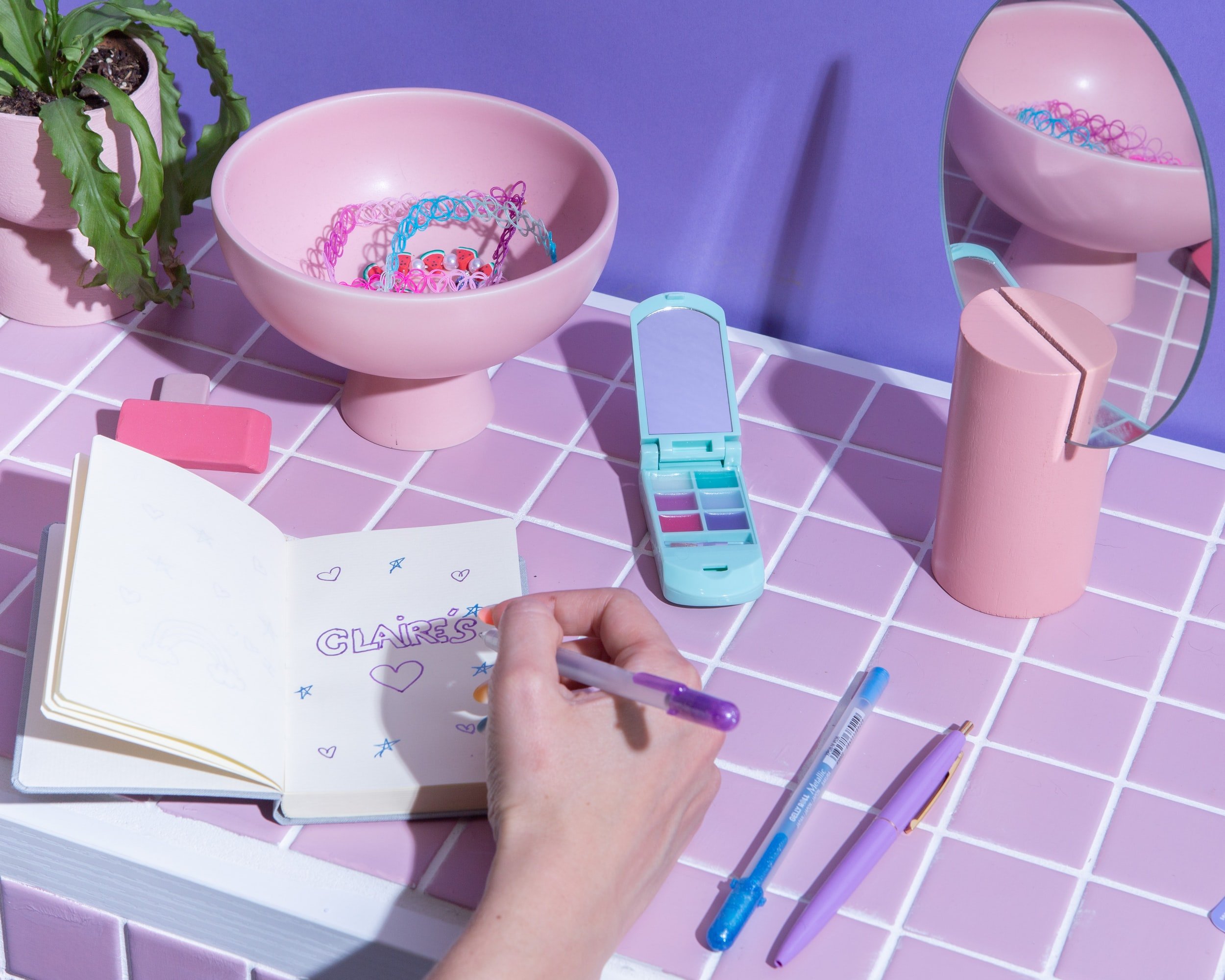The spending level of Gen Z has recovered faster than older generations in the UK
Spending Habit of Gen Z
The consensus drawn from all analytical data and studies leads to the conclusion that Gen Z, in short, is set to spend more than any other generation. 'Morgan Stanley' summarises this per their findings that younger Millennials and Generation Z both spend an outsized portion of their income on eating out, mobile devices, transportation, and housing when compared to other generations. Gen Z is individuals born between 1997 and 2021; they are now contributing more than an estimated $323 billion in global spending. Set to take over the workforce and consumer market by the mid-2030s, younger Millennials and Gen Z share of consumption in the U.S., UK, and Australia will increase to 48% by 2030. So taking a look at where this group is spending and how they are doing so is ineludible as they reach peak earning years.
We can first look at the how of it all. Gen Z is showing increasing comfort in utilizing BNPL, this is a buy now pay later, interest-free scheme. Online shops and commerce sites such as Amazon and eBay, accompanied by clothing stores such as Asos, are already starting to integrate this method as standard on their platform to maximize shopping baskets. This BNPL trend powered by Gen Z has led to the introduction of companies such as AfterPay, the BNPL app having over 16 million customers, supplemented with over 100,000 integrated merchants, this number only growing with Gen Z preferring methods such as this over credit cards. This growth has led tech giants Square to purchase AfterPay in a $29 billion deal, highlighting just how promising this industry revolving around Gen Z spending habits is! We can see BNPL has been a hit across the whole UK as BNPL spending has grown by 315% compared to a 4% increase for debit and credit card purchases. Consumers across the globe feel more open to larger purchases as CNBC found out interviewing Gen Zers on the topic, many recounting increases in overall spending due to the benefits of AfterPay, some putting it down to the simple reason that it “sounds cheaper”. Those who took advantage found that Gen Z made up 70% of all BNPL spend on small businesses.
How does the buy-now-pay-later works?
The buy-now-pay-later financier has further use as it contributes to the exuberant collection of consumer data on shopping habits. Resulting in the introduction of new merchant-type analytics platforms that allow “brands to gain access to customer-centric analytics to help optimize investment and drive growth”. Through these analytics, we can divulge where the spending habits of Gen Z are leading them now and where they will lead them in the future.
Gen Z is putting their money into more sustainable shopping destinations. A rising 15% of Gen Z consumers are primarily using thrift sites, such as ThredUp or eBay as aforementioned, compared to just 3% of Baby Boomers. You can see not just through the analytics but also through how big business is preparing for this. Recent news around Etsy's acquisition of UK-based social selling site, Depop, being another indicator of the importance of acknowledging Gen Z’s shopping preferences, the second-hand shopping platform Depop's user base is 90% under 26 years old. Overall, the majority are still spending on Fashion, with the Home and Recreation categories growing fast as they grow too, these categories up 300% year-over-year.
A concrete example of specific increased spending among Gen Z is apparent in the increased interest and preference in spending in small businesses. Gen Z, placing more importance on having a unique experience with personalized or at least not mass-manufactured products. Along with this, Gen Z as a whole being more eco-conscious has resulted in small business spending among Gen Z and Millenials rapidly increasing to an average of 900% as of early 2020. Another way younger generations are changing trends is through their continued willingness to try new technologies in shopping. Around half of under 25-year-olds label themselves as eager to try Livestream shopping, 35% preferring to try on clothes using augmented reality, and 32% looking to use augmented reality to do the same with makeup. Tools which are looking to be more and more vital an investment for businesses.
So now we know how and where, how can you take advantage of this?
The rush is on to take advantage of these trends, especially with the bounce-back effect of the pandemic. In the UK, Gen Z spending has recuperated faster than older generations, rising an average of 7% from pre-pandemic levels. The prospect of “revenge shopping” also appears to be driving Gen Z into spending more post-pandemic. Revenge Shopping is a desire to make up for lost spending with luxury items. First seen in China, indicators point toward a similar euphoria in the west as 82% of Millennials and Gen Z in the U.S. committed to loosening their wallets in 2021.
Companies are already preparing for this, investing in technology and innovations such as Clearpay iQ, another form of BNPL that helps brands seize the next generation of consumers through their desired shopping habits. Companies using this as well as other technologies already mentioned. Some tools yet to be included that should be considered include B2B eCommerce, allowing more communication with buyers and further customization. Shop Floor Control, a technology that automates product control, creating more sustainable efficiency. Product Lifecycle Management, a browser extension that helps improve the flow of any business with seamless communication between designers, factories, and shop floors. Enterprise Resource Planning is a new technology that provides financial management, along with optimizing your supply chain. All of which are currently employed by leading brands across multiple industries, notably the fashion and beauty industries.



